Iran Press/ Iran news: Iran possesses hundreds of traditional instruments, mostly string and percussion instruments. Most of them spread to the whole region under the Persian Empires, up to Europe and Asia thanks to the Silk Road merchants.
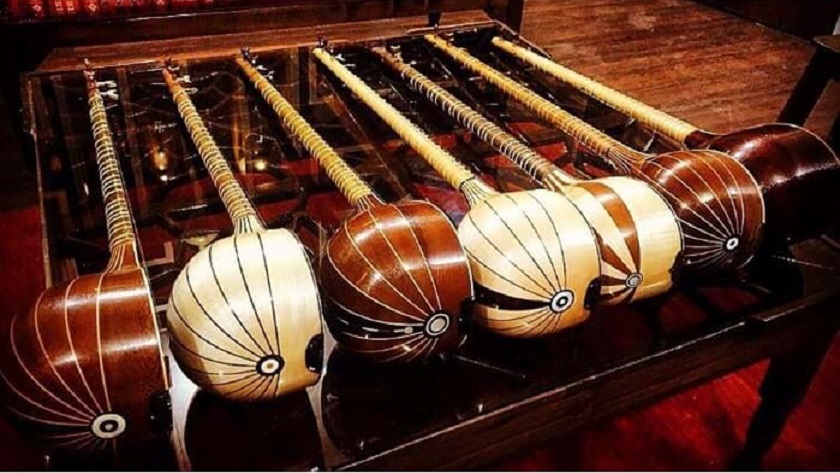 Setar is popular among Iranian traditional instruments
Setar is popular among Iranian traditional instruments
The history of Persian Music
Archaeological evidence shows that the development of music in Iran finds its origin in its first civilizations. Instruments, texts, and paintings testify to the emergence of musicians as far as the Elam civilization. Even if we have a few pieces of information about the tradition of music under the great Persian Empire of the Achaemenids, we know that it was already a central part of the court's life. In Iranian mythology, the glorious king Jamshid is credited for the invention of music.
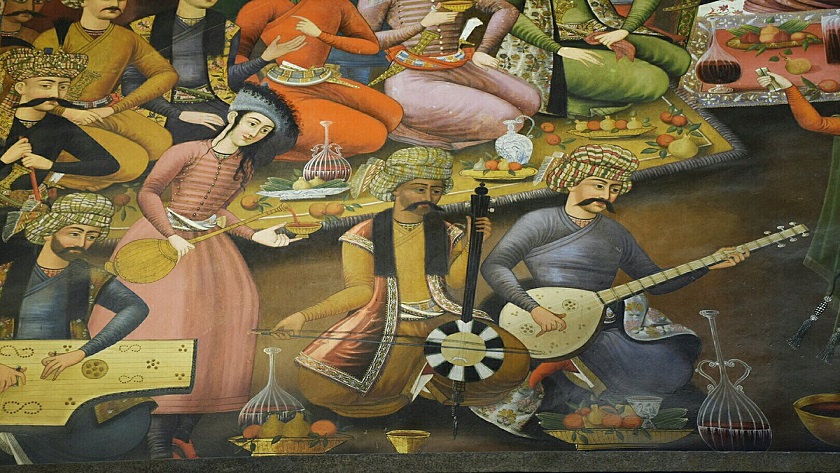 Old painting shows setar instrument
Old painting shows setar instrument
The first improvements happened in Sassanid Era. People started growing fond of music and they used to play it in their rituals. The most famous artisans are Nakisa, Barbod, and Sargash. Barbod is the one who invented many Persian musical instruments.
Related article: Ney Instrument; What Iran is known for
Many famous musicians lived in the Sassanian court, among which one of the founding fathers of Iranian music, Barbad. This highly respected poet and musician played for king Khoswro II and he is considered the inventor of the musical tradition, as we know it today.
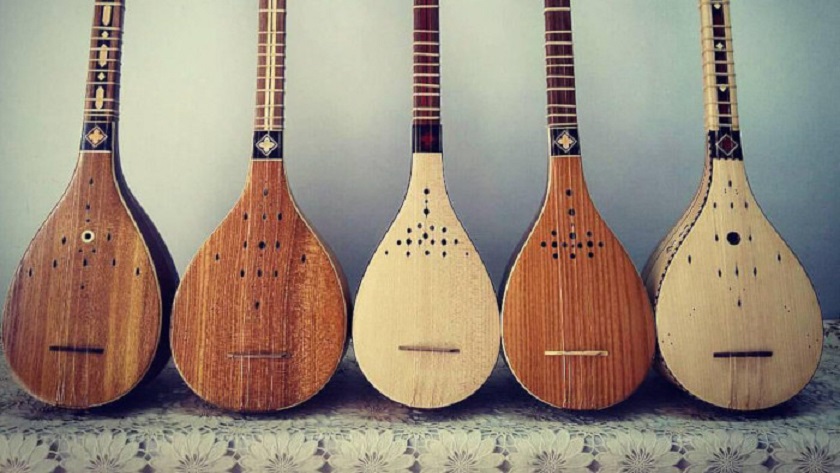 Setar is made entirely by hand
Setar is made entirely by hand
Setar
Some clay statues found in the Haft Tape and the temple of Choqar Zanbil in the Khuzestan province show a musician whose instrument is very similar to the present day setar. These images with at least 3500 years history indicate the existence of an instrument called the tanbur in that era. The word “setar” has been used by many Persian poets from centuries ago. It may refer to Setay of Barbad, a famous musician from the Sassanid Era. Also, Farabi mentions the tanbur in his famous book, Musiqi al-Kabir, written more than a thousand years ago. In this book, Farabi describes the different kinds of the Iranian tanbur in detail.
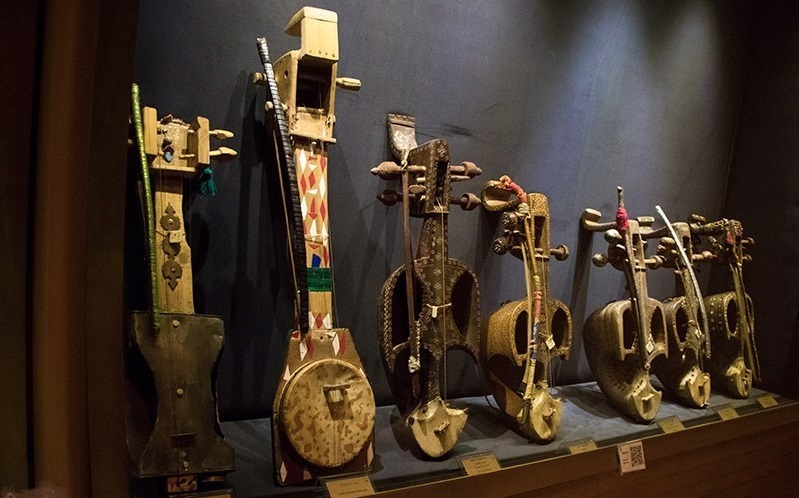 Iran's National Music Museum hosts old species of Setar
Iran's National Music Museum hosts old species of Setar
Setar's structure
Setar has 4 strings made of steel and bronze. This musical instrument has 28 movable frets made of animal intestines or silk. The bowl of Setar is structurally similar to the bowl of incense or tanbur, but smaller than them and pear-shaped. The bowl of Setar is covered with thin boards of wood, which is called Safhe. Safhe has holes for sound output and is usually placed on the player's right hand. The length of the setar handle is 40 to 48 cm.
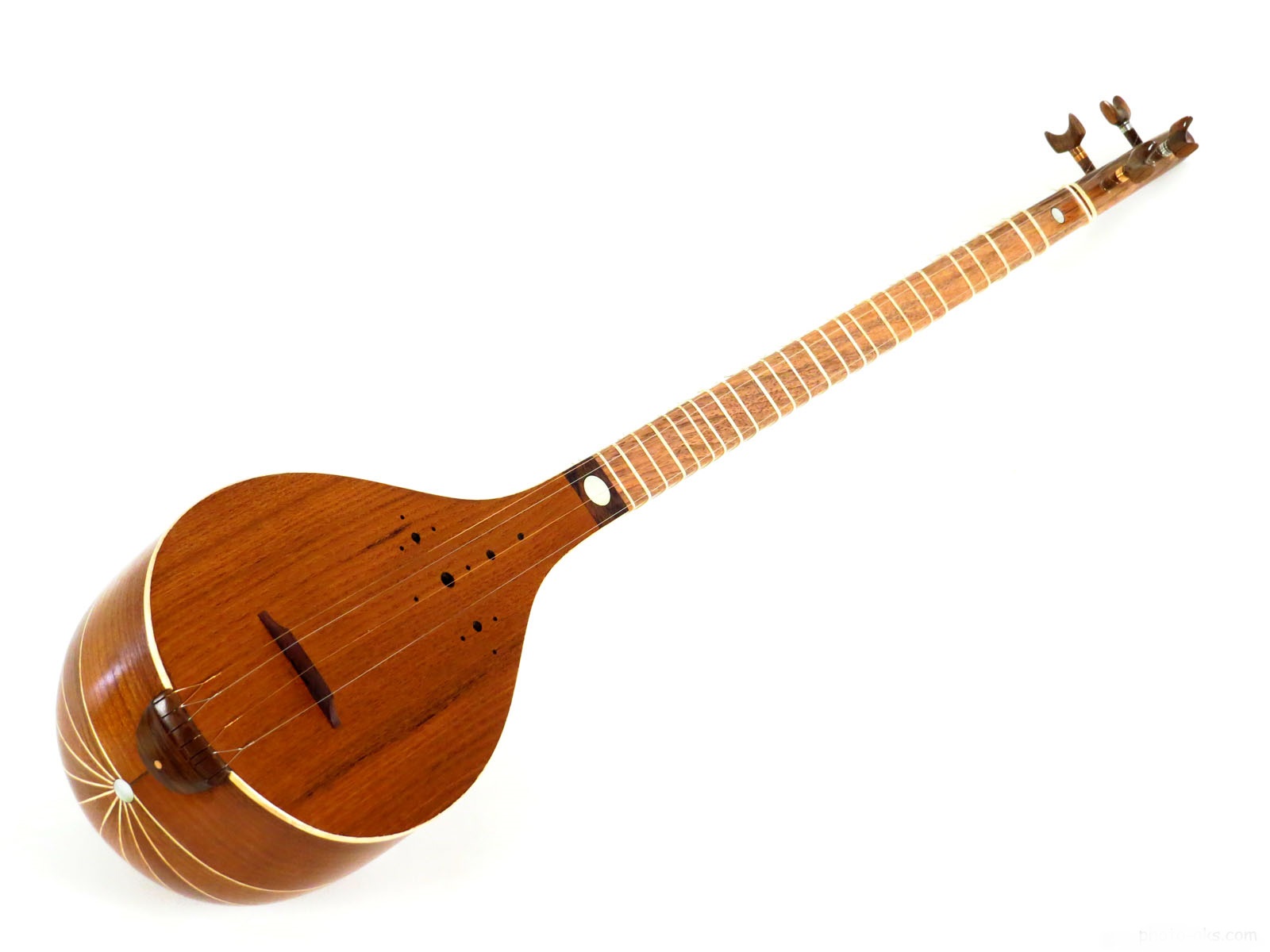 Setar has four strings
Setar has four strings
The moving piece that is on the screen and three fingers away from the bottom of the bowl is called Kharak. The wire holder is located at the end of the bowl and is used to hold the wires.In this instrument, there is a part called Sheytanak, which is placed between the main part of the handle and the claw of the instrument, and it is made of bone or plastic. The Sheytanak is used to guide and divide the wires at the top of the handle.
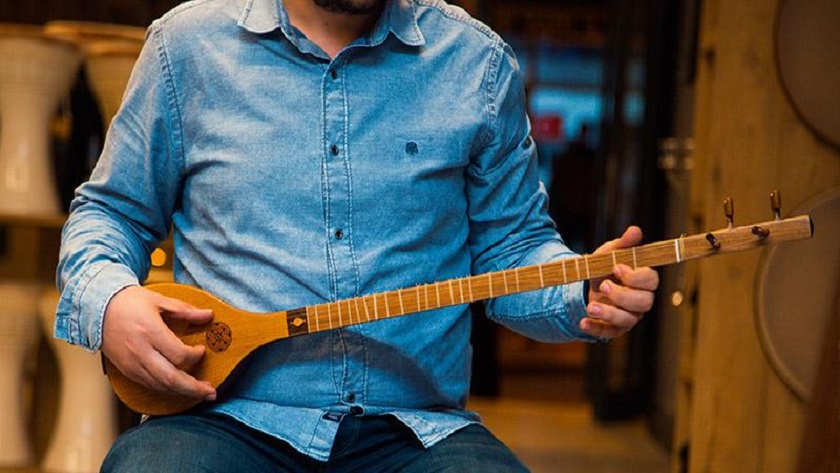 Setar instruments produces fine pleasant sound
Setar instruments produces fine pleasant sound
The sound of the setar instrument is soft and nasal and somewhat sad. To make the setar, used wood (usually walnut, berry, and maple) for the body, wood (berry) for the plate, and wood (walnut) for the handle.
Read More:
Oud Instrument; What Iran is known for
Daf instrument; What Iran is known for
Ashkan Salehian

